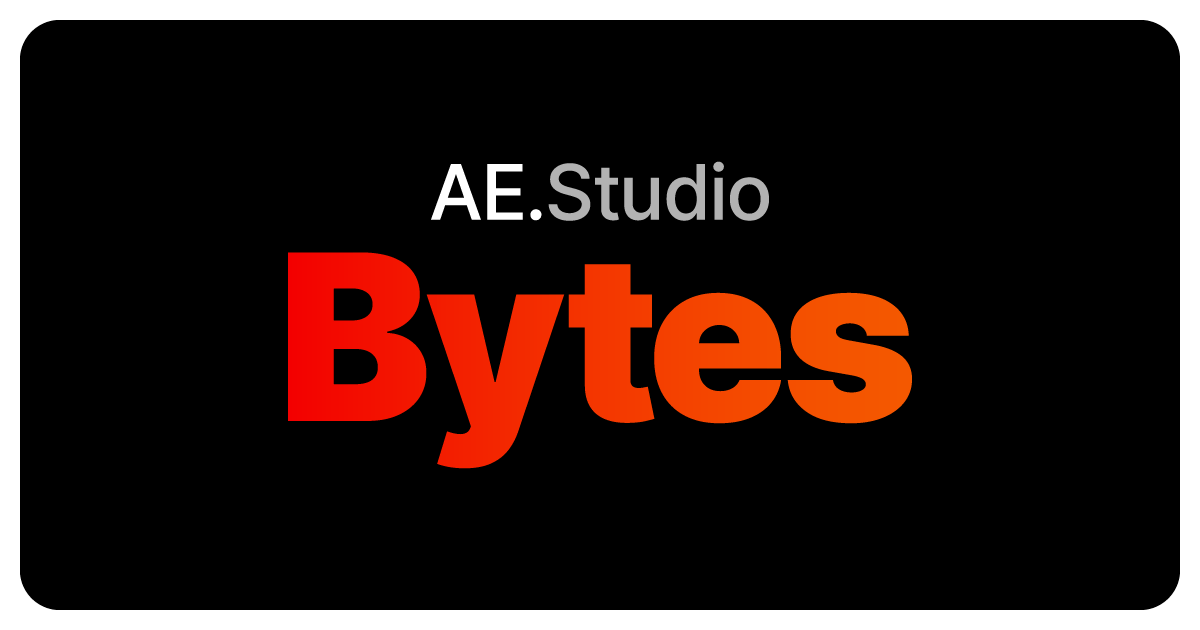- AE Studio Bytes
- Posts
- Vector databases are old school, this is what is next
Vector databases are old school, this is what is next
RAG + Graph DBs could be the answer.


If you’re exploring AI solutions for your business, you may have heard the term:
RAG.
Or, “Retrieval-Augmented Generation.”
This is an AI framework that combines an LLM with a database, to make information retrieval as easy as talking to ChatGPT 😎
RAG has been a game-changer for industries that use detailed “question-answering” systems, like:
Customer service (via conversational chatbots)
E-commerce search engines (e.g., Amazon)
Financial analysts who compile complex reports (e.g., Bloomberg)
Hospital networks that store medical records and healthcare info
However...
Most RAG setups struggle with processing nuanced information at large scales.
Why?
Because they use vector databases!
Vector DBs excel at retrieving text, but not at representing relationships between data points.
Because when you have many large documents chunked into small, separate segments...
The data you need might be scattered across multiple places in the database, causing your query results to lack context.
So, how can we equip LLMs to find this scattered information in a better way? 🤔
One promising solution is:
Graph databases.
These aren’t new — they’re used in applications like Instagram, TikTok, and the Google search engine.
But when you combine graph theory with GenAI?
The possibilities for RAG are limitless.
Here’s a simple example of a graph database:
Alice is friends with John. She dislikes playing badminton, but likes hiking. And John has a pet named Tommy.
In a vector DB, we’d have to manually enter each permutation of these data points line by line.
But with graph DBs?
It’s all stored in separate nodes, and linked together through edges (lines) like a spiderweb 🕸️
Each node can have multiple edges, connecting to an unlimited number of other nodes.
No matter how big this graph gets, we can ask the AI to “list me all the friends of Alice who have pets,” and easily summarize that info.
Plus...
Graph-based RAGs also allow not only retrieval, but creation of new data! 🙌
We can modify these graphs in real-time through natural conversation with the AI.
If we said “Alice has a friend named James, who loves basketball, but hates hiking,” we can create a system that automatically insert those nodes and relationships for us.
At the end of the day...
Vector DBs are still the reigning champ when it comes to querying massive amounts of unstructured data.
And, graph-based RAGs are still in their infancy.
So they’re not a replacement.
But they are a potential new tool in the kit.
And recently at AE Studio, we’ve implemented solutions for relational data solutions beyond what vector DBs can offer.
So we think it’s very likely that one day, graph-based RAGs could become a standard practice.
Planning an AI project that could transform your business?
Let’s build it together 🤝
Whether you’re automating workflows, improving data-driven decisions, or creating personalized customer experiences...
Book a brainstorming call with us here, and tell us more about your idea.
We’re here to help you turn your vision into a reality.
Catch you in the next issue of AE Studio Bytes!
